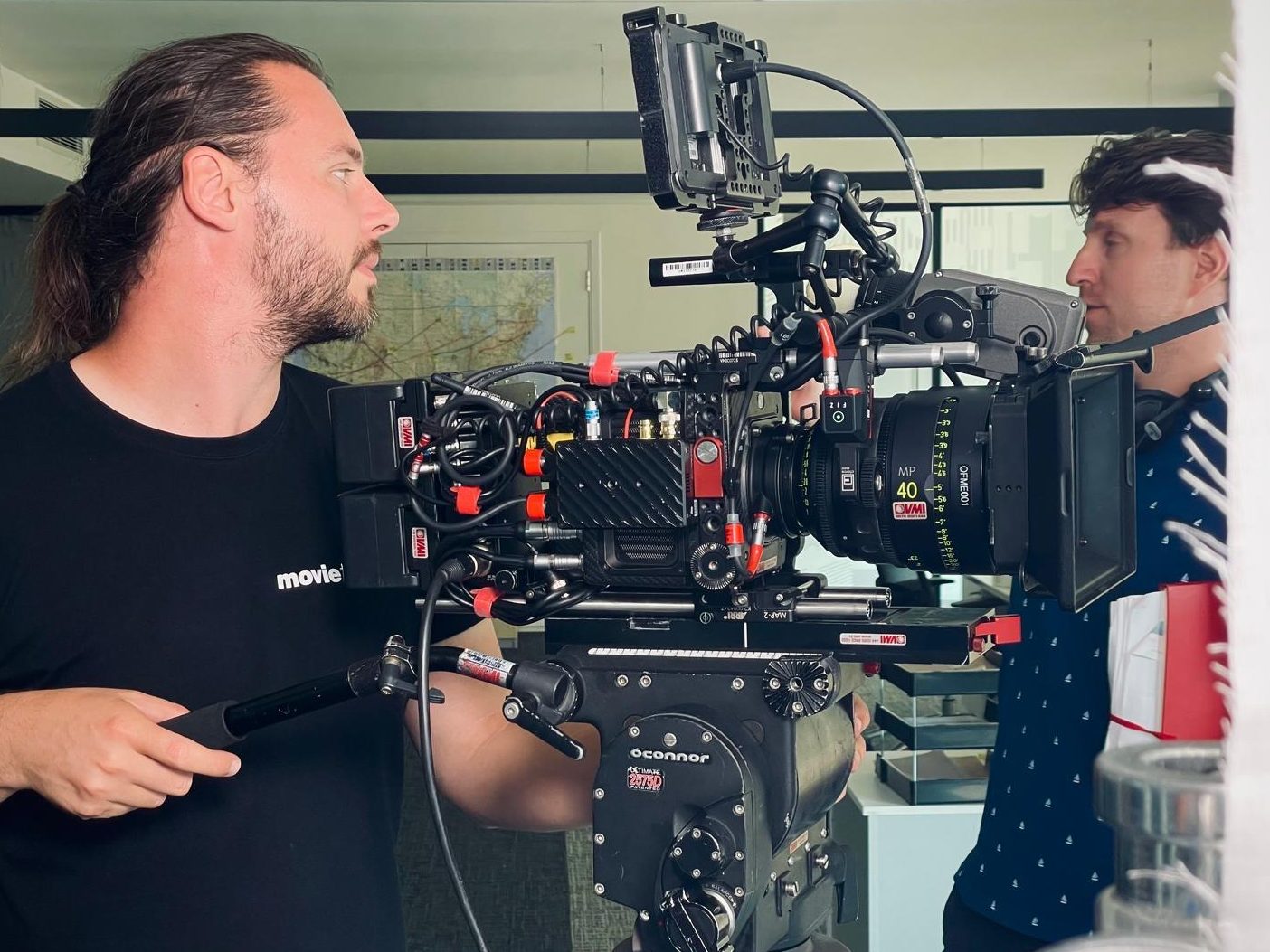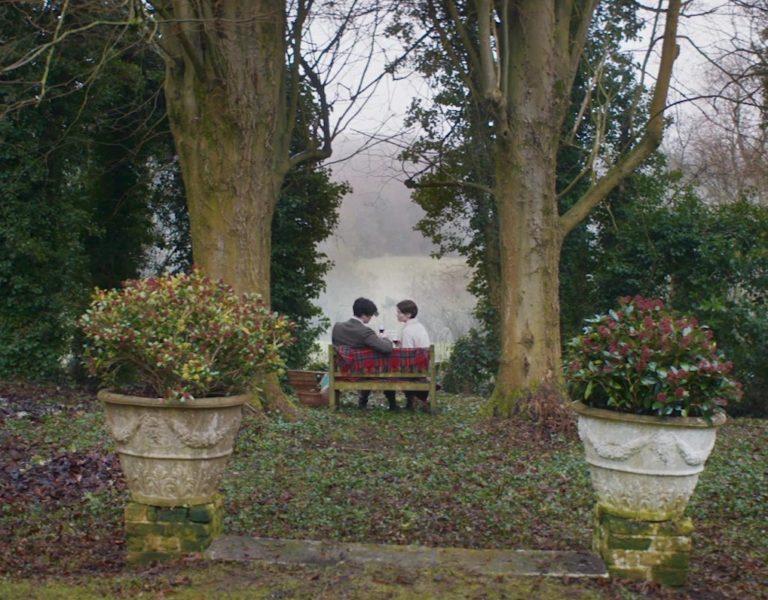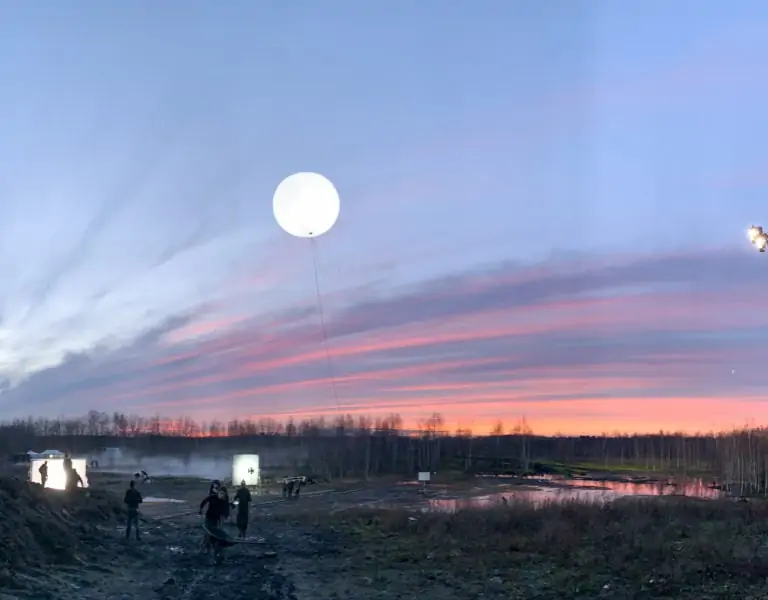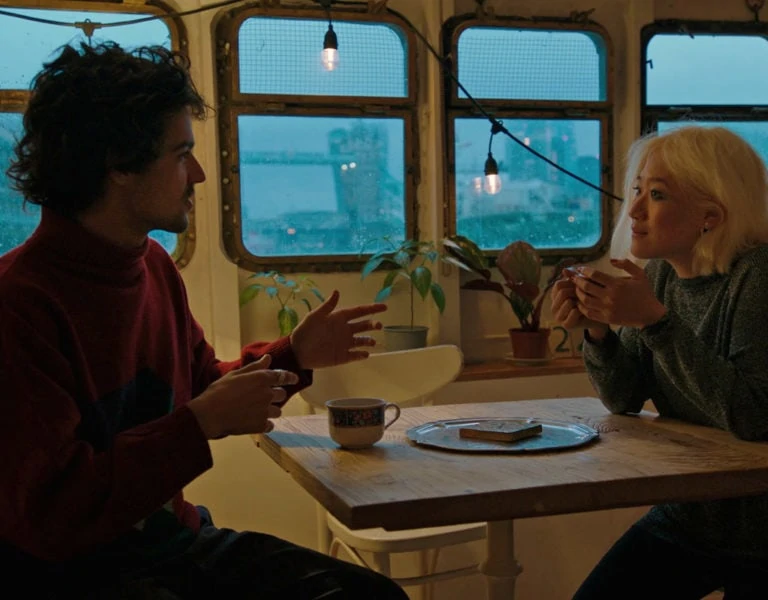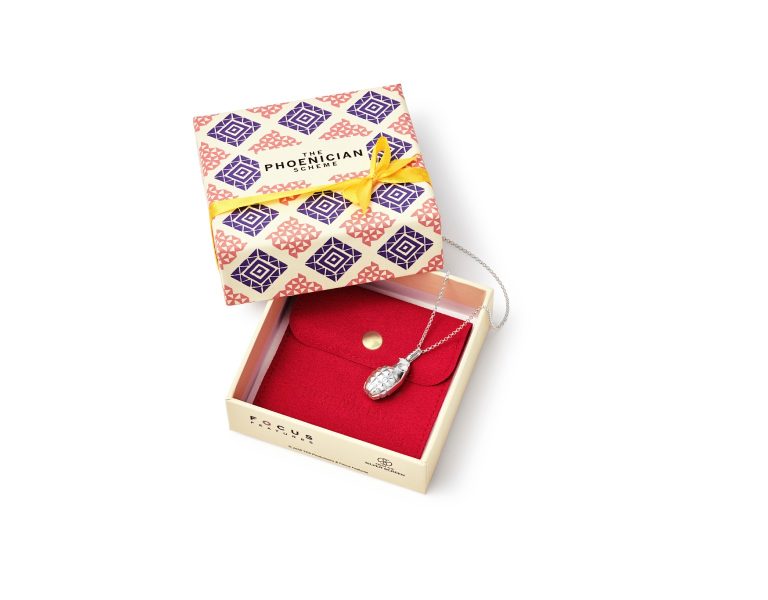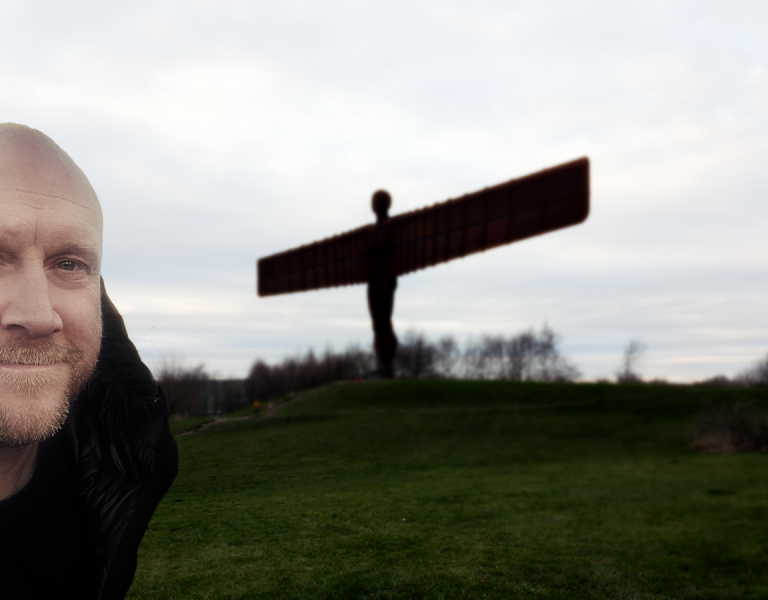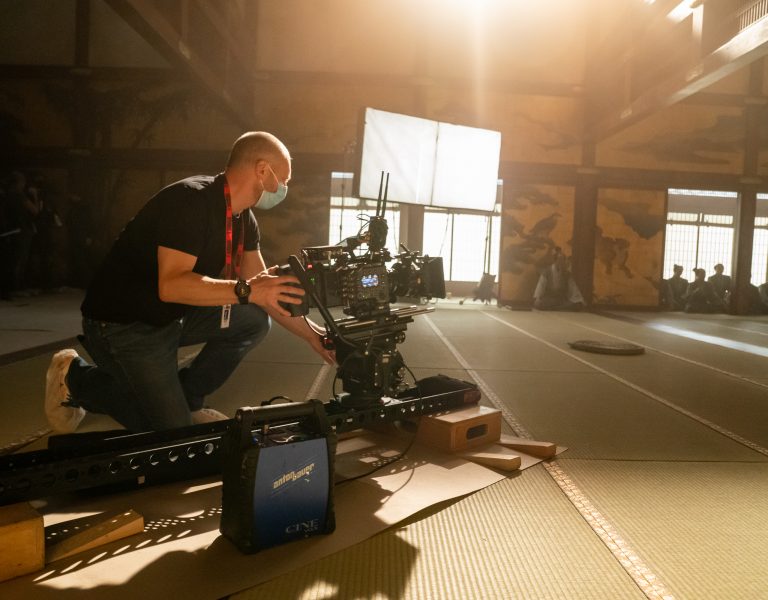CREATIVITY, COLLABORATION AND COMPASSION
Cinematographer Adam Lyons brought a thoughtful and resourceful approach to the short film Hamdardi, an emotionally resonant story exploring the human cost of divisive immigration policies.
Inspired by the political aftermath of the 2017 US travel ban, the film was co-directed by Ashley Tabatabai and Stefan Fairlamb. Set within the narrow, bureaucratic confines of an immigration office, the story follows Ethan, an officer whose rigid worldview begins to crumble as he encounters two detained Iranian siblings. For Lyons, the project offered an opportunity to experiment with visual storytelling, embrace creative problem-solving, and foster a collaborative atmosphere on set.
Finding the frame
The production’s central visual philosophy was rooted in restraint. We shot Hamdardi using the ARRI Alexa Mini paired with ARRI Master Prime lenses, adhering to a strict 40mm lens rule for much of the film. The 40mm lens was chosen for its ability to mirror Ethan’s narrow worldview. It created a sense of confinement and focus, forcing the audience into his perspective while still allowing glimpses of the environment. Wider lenses were introduced only when Ethan’s emotional journey expanded, reflecting his growing empathy for the detained siblings.
This approach served both character development and composition, with each frame enhancing the narrative. It was about finding moments where the lens could quietly express what the character could not.

Learning through collaboration
Short films are uniquely accessible to filmmakers with varying levels of experience. On Hamdardi, we collaborated with a diverse crew, blending seasoned professionals with emerging talent. The project greatly benefited from the support of Ian Jackson at VMI.TV, who generously provided a complete camera package, offering access to industry-standard tools and equipment.
Short films are fantastic for bringing people together—some of whom are stepping onto a film set for the first time. They create a space for sharing knowledge and testing ideas.
This ethos fostered a creative and inclusive environment during the eight-day production. Despite the challenges of working with a smaller crew and a tight budget, the team’s innovative approach turned constraints into opportunities.
Harnessing light for realism
The film was shot in Leeds, with Platform (formerly City House) and Leeds Arena serving as principal locations. The 12th floor of Platform, with its floor-to-ceiling windows, was transformed into the immigration office and holding room. We used roller blinds to sculpt the natural light, creating contrast and depth depending on the direction of the shot.
That space provided us with tremendous flexibility and became an exercise in transforming something ordinary into something emotionally engaging. For the day scenes, we utilized natural light, while night scenes relied on practical lighting to preserve the film’s grounded aesthetic. Solitary desk lamps heightened the isolated, institutional atmosphere, mirroring the emotional and physical confinement of the characters. We felt that a mix of natural and practical lighting brought a raw authenticity that aligned perfectly with the film’s tone. For me, it was about maintaining honesty and avoiding an overly stylised look.
A significant challenge was transforming Leeds Arena into a convincing U.S. airport. This required clever production design and meticulous VFX work, including placing passport control booths to emulate a border control area and removing Arena-specific branding in post-production. We had to sell the illusion completely, so every detail, from signage to lighting, needed to transport the audience into that world.
First Assistant Camera (1st AC) Ben Sansom became an indispensable second set of eyes for me, ensuring consistent contrast ratios and exposures as lighting conditions shifted while I operated the camera.
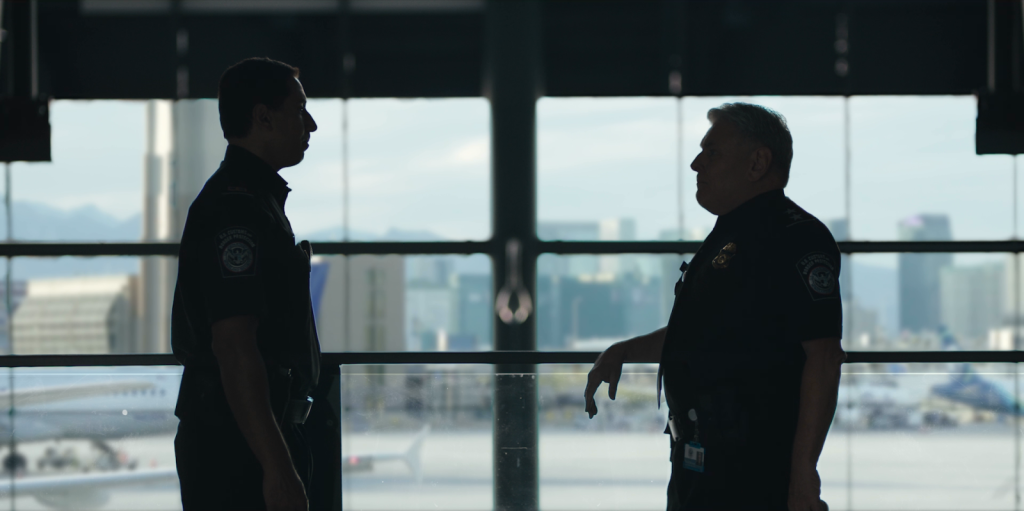
From Hamdardi to high-end TV
The lessons I learned on Hamdardi carried into my work on Season 2 of ITV’s DI Ray, a fast-paced police procedural that also featured confined office environments. On Hamdardi, we found creative ways to craft visually compelling frames with minimal resources—stacking foreground office elements to create depth or shaping practical lights to enhance mood. Those same techniques became invaluable on DI Ray, where speed and adaptability were key to staying on schedule.
Cinematic fundamentals across scales
After working on large-scale productions such as A Discovery of Witches and His Dark Materials, I still emphasise that the fundamentals of storytelling remain constant across projects. Whether you’re working on a massive fantasy series or a short film, the essence is the same—you’re using light, framing, and movement to serve the story.
Short films, however, present unique challenges that hone a filmmaker’s problem-solving skills. Without the resources of big-budget productions—like extensive crews, equipment, or time—you have to think on your feet. It’s a great way to develop creatively and technically because every decision carries weight.
The relevance of short films
Short films offer a unique creative playground. They allow you to try new techniques, test ideas, and work with a range of collaborators. Hamdardi brought together a mix of experienced crew members and newcomers to film production. Short films are excellent for introducing people to the rhythm of a set, creating an environment where everyone—regardless of experience level—can contribute to telling the story.
A platform for new voices
Beyond technical exploration, Hamdardi underscored the importance of telling stories with a human touch. Short films are where new voices find their footing and where established ones can take risks. I believe this philosophy is reflected in Hamdardi’s success, from its Oscar qualification to recognition at WorldFest-Houston. The heart of the project lies in its ability to connect emotionally. This film was always about empathy, and it’s a privilege to tell stories that challenge us to see the humanity in others.
Looking ahead to new projects, Hamdardi remains a touchstone for creativity and collaboration. Every project, no matter its size, teaches you something, and Hamdardi reinforced the idea that with the right team, constraints can lead to some of the most rewarding work.
Hamdardi is available to watch for free on Omeleto for a limited time.
